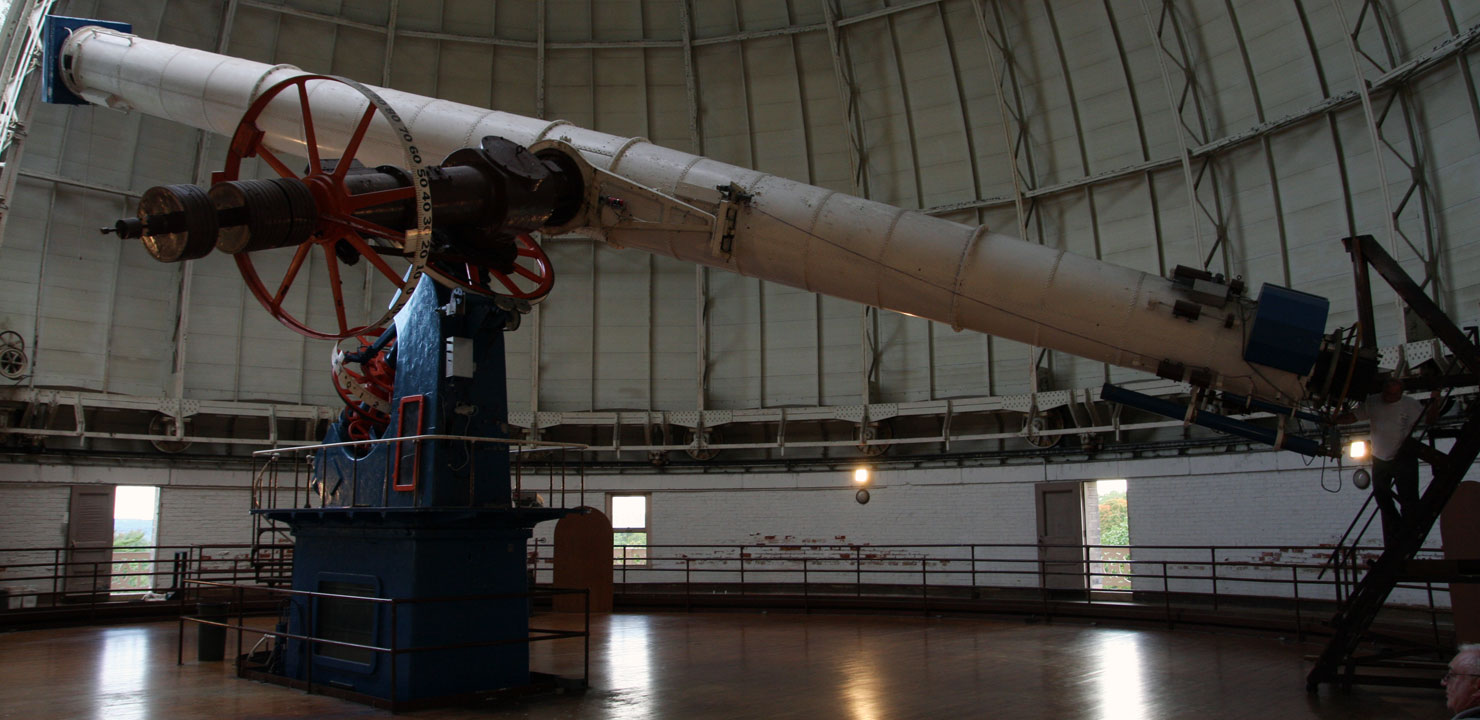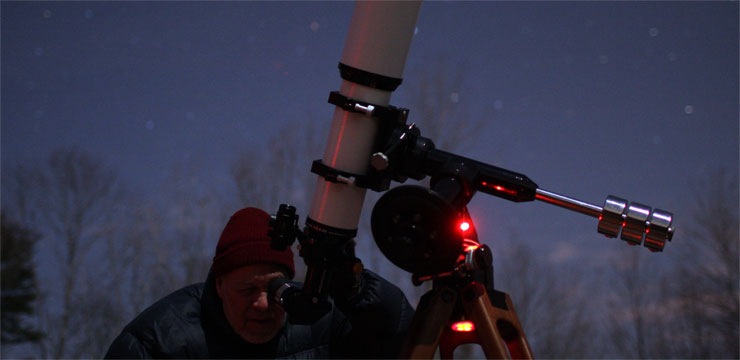September 2009
NASA’s upcoming Lunar CRater Observing and Sensing Satellite (LCROSS) Mission
Brendan HermalynSkyscrapers' September monthly meeting will feature a talk by Brendan Hermalyn on NASA's upcoming Lunar CRater Observing and Sensing Satellite (LCROSS) Mission.
Brendan Hermalyn is a graduate student at Brown University in
Planetary Sciences, and is a science team member on the LCROSS mission
with Dr. Peter Schultz. His graduate work is focused on understanding
the ejecta distribution resulting from hypervelocity impacts.
In 1999, the Lunar Prospector mission detected hydrogen signatures in
permanently shadowed craters on the poles of the moon. These signatures
may indicate the presence of water ice in some form on the surface of the moon.
The goal of the LCROSS mission is to confirm the presence or absence of water
ice in a permanently shadowed region on the moon, and to constrain the
properties of the lunar regolith in that region. On October 9th,
2009, LCROSS will use the upper stage of the launch vechicle as a
kinetic impactor to form a crater and excavate of sub-surface
material. The impact and resulting ejecta will be viewed and analyzed
by a suite of instruments on a shepherding spacecraft as well as a
comprehensive earth-based observational campaign. The ejecta curtain
is expected to be viewable on earth by 10-12 inch telescopes or
larger, providing a unique opportunity for amateur observation. This
talk will go over the details of the mission and expected observation
possibilities.
Related Links

Visual Observing With The 40-Inch Yerkes Refractor
: By Steve HubbardEpsilon Pegasi: The Pendulum Star
: By Glenn Chaple



